This morning was very foggy, which gave way to hazy, hot, and humid, eventually morphing into another whopping thunder storm. We slept in a little, then used the morning to clean the camper and get the laundry done. We've been saving laundry for at least a week, and I'm not sure whether doing it all at once is easier than doing a load every few days. It sure took forever this morning. After lunch we headed out to Charles Town to find a car wash and a Starbucks.
Right off the bat, we came across a Dunkin Donuts, which is one thing we miss in Calfornia, so we whipped in there for coffees and a couple of chocolate donut holes. Although I love all things sweet, I usually forgo donuts as not being worth the calories, but Dunkin's chocolate donut holes are an exception to that rule.
Charles Town
In 1780 Charles Washington, George Washington's youngest brother moved to the Lower Shenandoah Valley where he constructed his home, Happy Retreat, located on a rise overlooking Evitts Marsh. In 1786 he petitioned the Virginia General Assembly, and was granted permission to incorporate a town, founding Charlestown. The town is laid out around a square, with the street names honoring the Washington family and the concept of liberty. At his death, Charles willed the central square to the town, for the purpose of constructing public buildings.
In 1836 the courthouse was the setting for the trials of abolitionist John Brown and six of his followers. In October 1863, during the Civil War, the courthouse was heavily damaged by artillery fire rendering it unusable. It was rebuilt in 1871. The Jefferson County jail was the second public building to occupy the Town Square. Completed in 1806, perhaps its most famous occupants were abolitionist John Brown and six of his raiders. The seven men were housed in the Jefferson County jail from the time of their capture in October 1859 until they were executed.
Adapted from the city web site: original author Doug Perks
We don't know when or why Charlestown became Charles Town. But all the signs around here have it as two words. Charles Town today is a picturesque little town with many antebellum buildings of brick, green shutters, copper roofing, and white picket fences. Some homeowners have painted over the brick with pale yellow or white paint, which take on a kind of patina as the paint fades and the brick shows through, giving them an especially historic look . Many have white pillars and porches, or verandas, sometimes on each story, painted white. Crepe Myrtle bushes, in full purple bloom now complement the leafy green of huge old maple and oak trees.
This area is very Bible Belt. Charles Town is not very big, but we counted 4 Baptist, 1 huge Presbyterian, 1 Episcopal, 1 Methodist, 1 Lutheran, and 1 Catholic church within a single square mile. In stark contrast, on the edge of town, there were 2 pawn shops, several gun shops, and a "gentleman's" club.
Tomorrow we head to Lorton, Virginia, about 70 miles southeast of here. We'll visit daughter Ann for the weekend before heading west on Monday.
Thursday, August 14, 2008
Subscribe to:
Post Comments (Atom)






























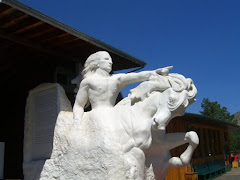


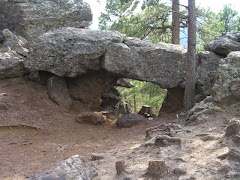
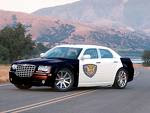





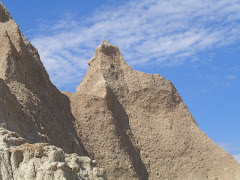


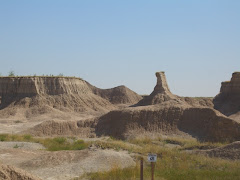
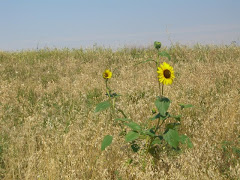
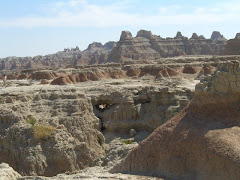
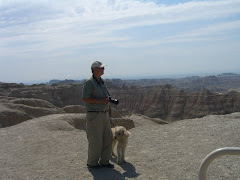






























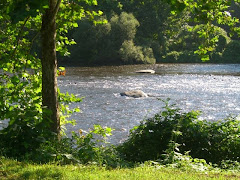
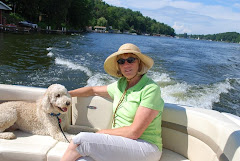

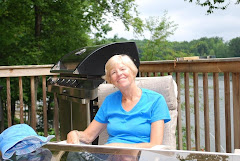
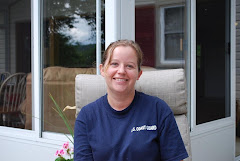
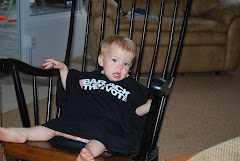








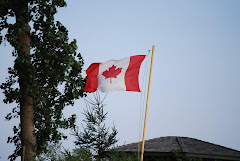




























No comments:
Post a Comment